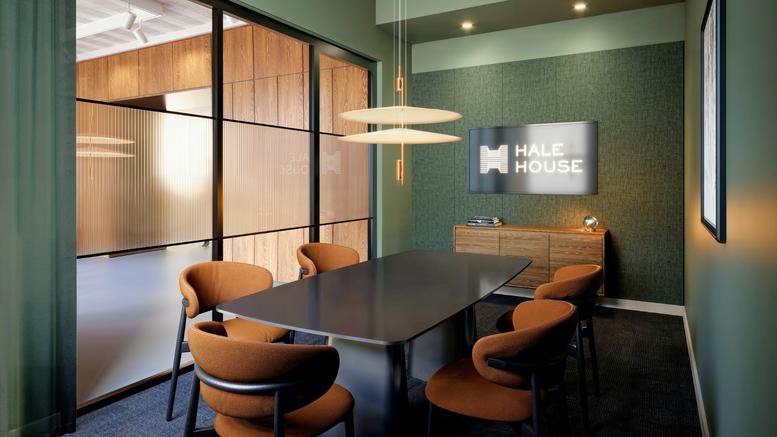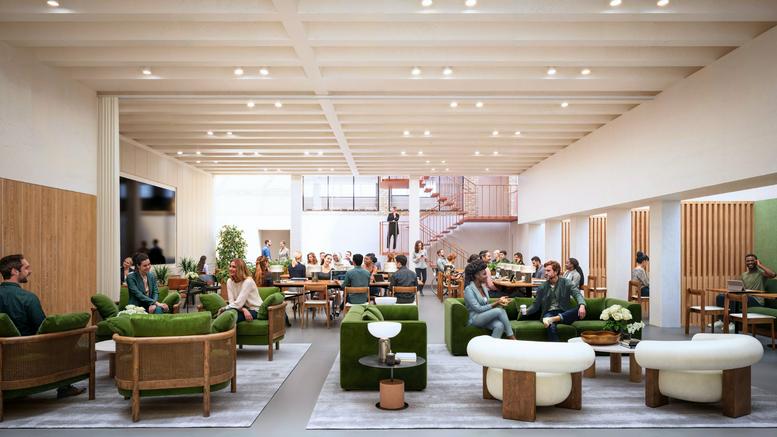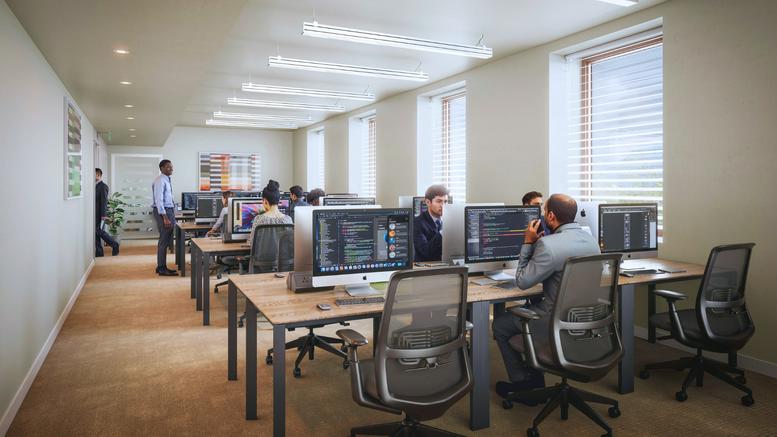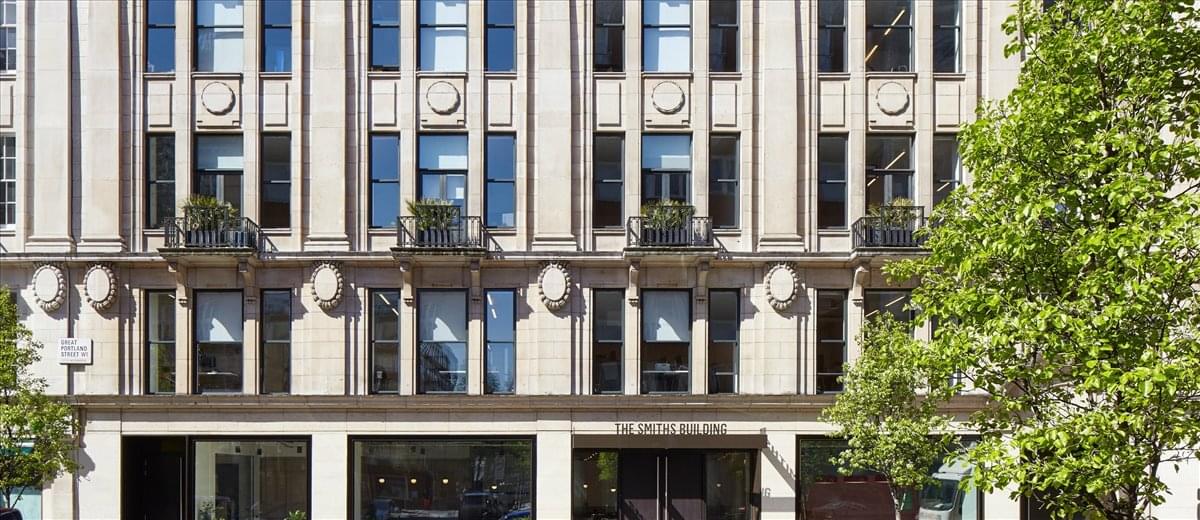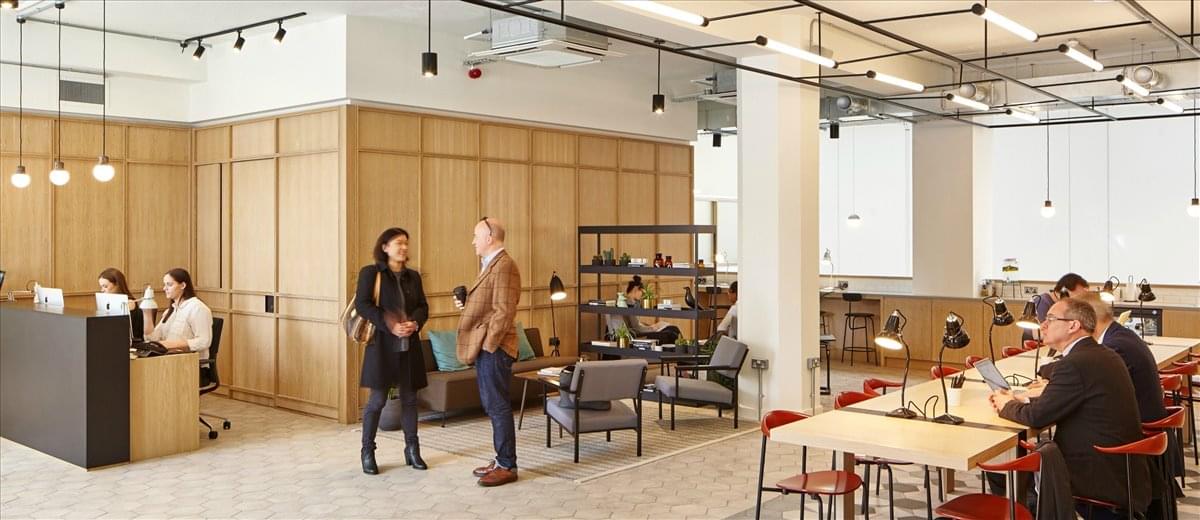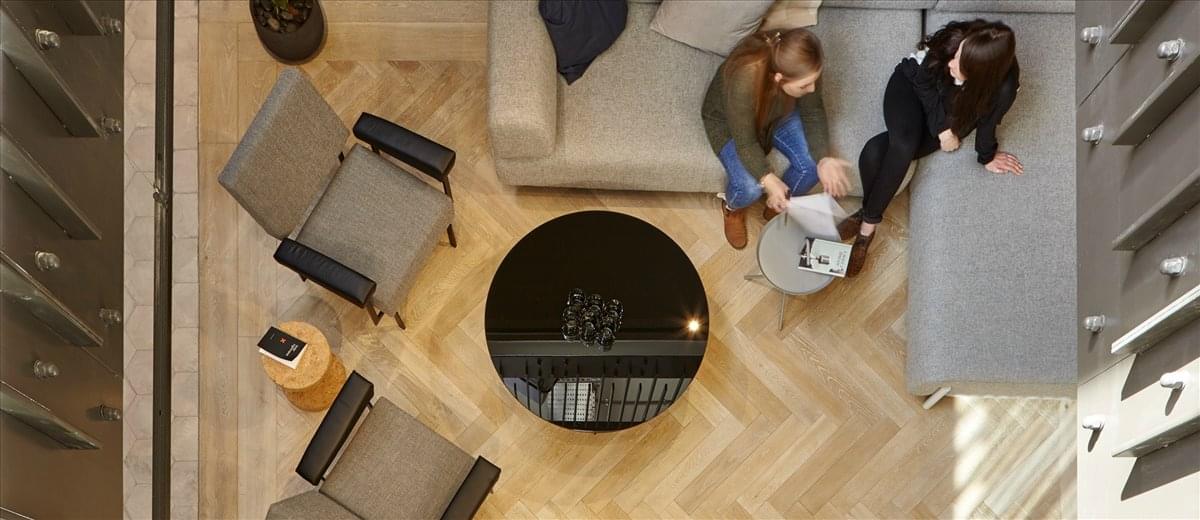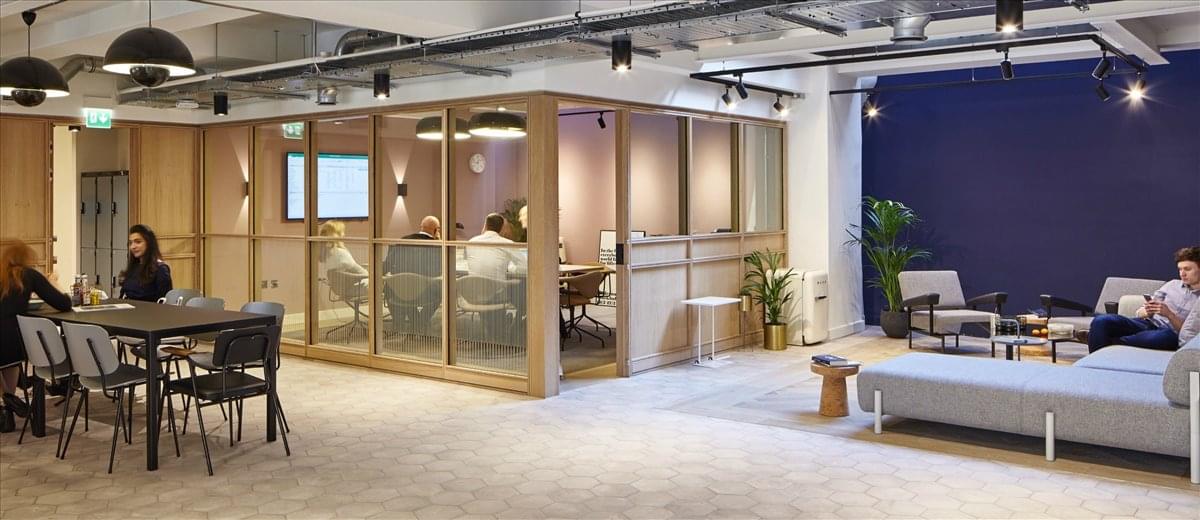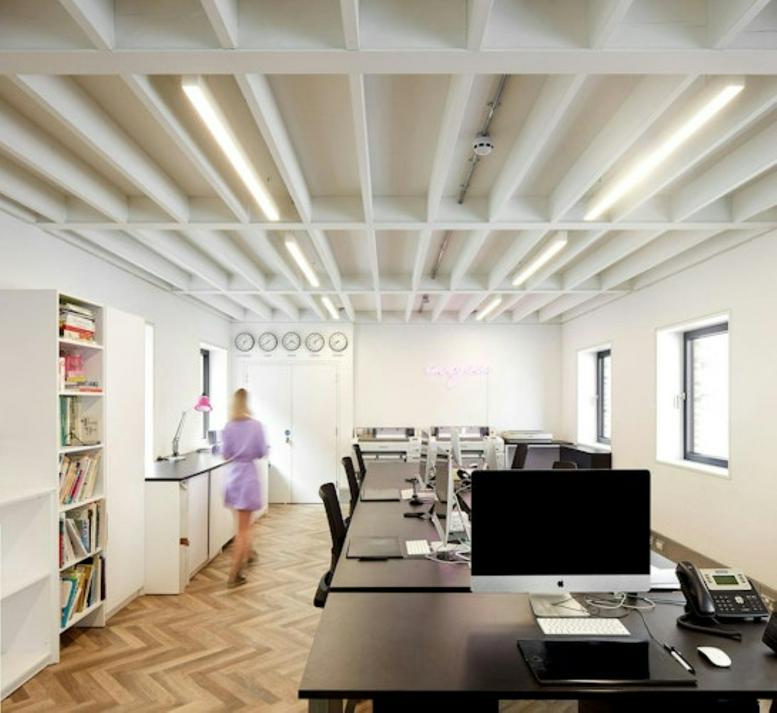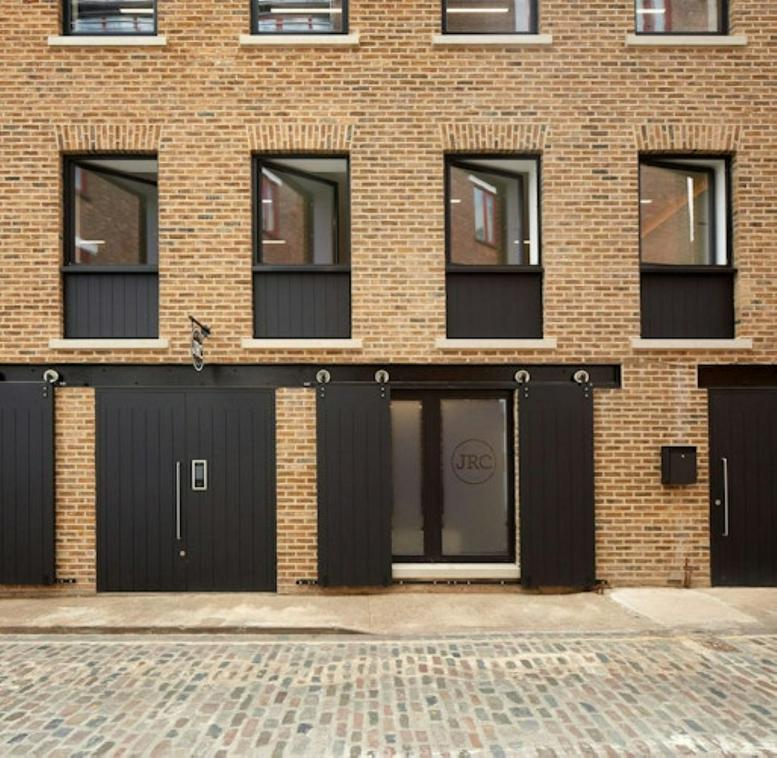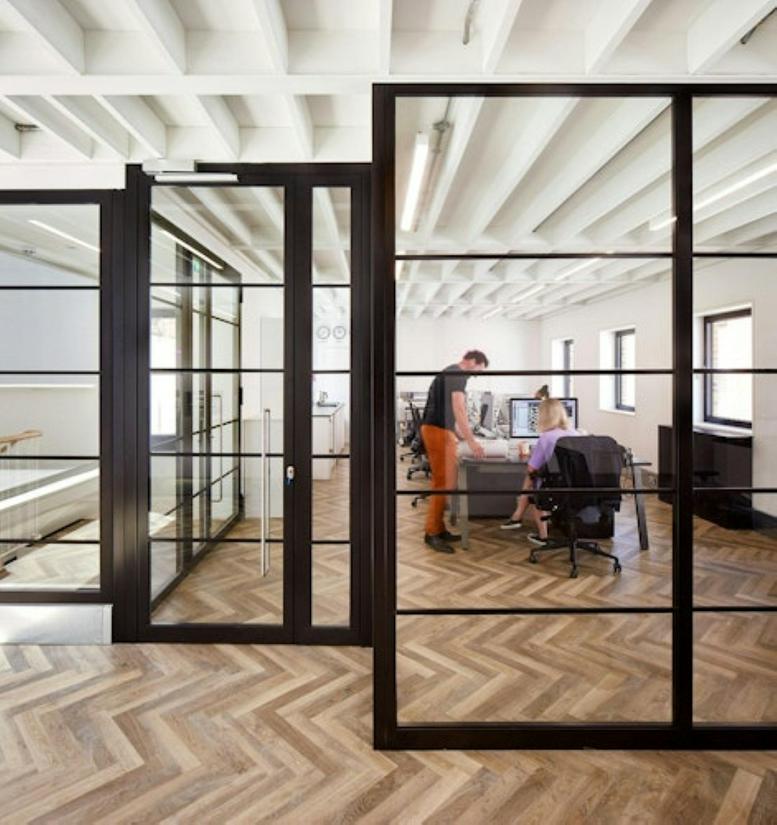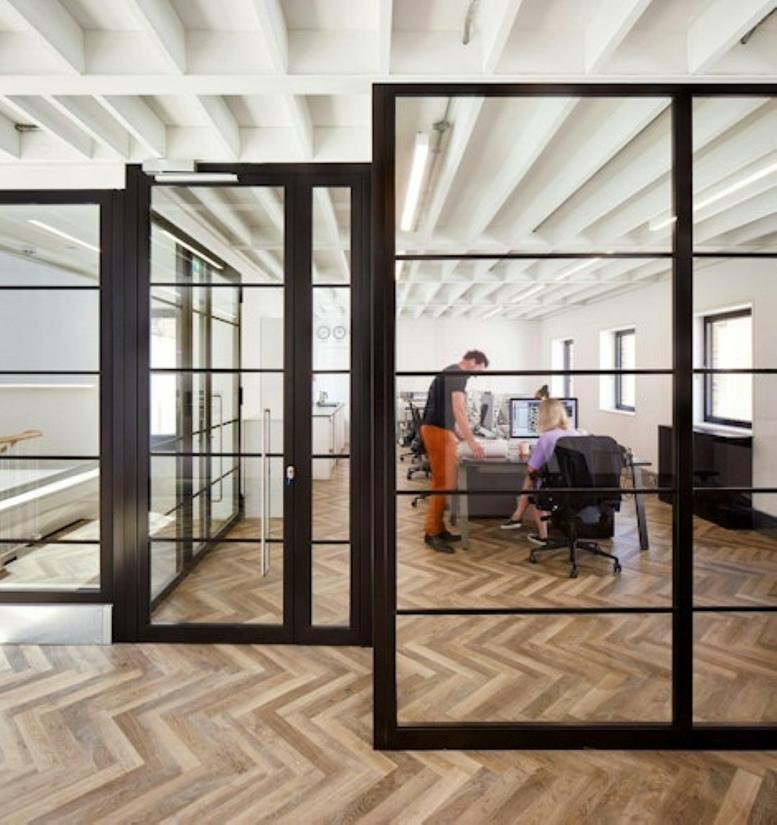Serviced Offices Great Portland Street
Private & Shared Office Space
We have a fantastic range of Great Portland Street office space available to suit your specific business needs. These include conventional office leasing, serviced offices, furnished business centre space, short term flexible rentals, hot desking, and freelance friendly coworking options. We can also offer virtual services that provide a Great Portland Street business address without the associated costs of renting office space. Try our search service for free now - we promise to help you find the perfect business premises in West Central London at a cost effective price.
Try our search service for free now - we help you find the perfect business premises in West London at a cost effective price.
12, Devonshire Street
12 Devonshire Street is a beautiful Grade II listed townhouse in the heart of Marylebone, blending elegant period features with contemporary office design. Located just moments from Regent's Park and within easy reach of Oxford Circus and Baker Street stations, the property offers a refined and discreet workspace solution in one of London's most sought- after neighbourhoods. The space has been thoughtfully refurbished to provide high-quality, fully-furnished offices across a variety of...
Read More76 Portland Place
Hale House is the ultimate destination for HealthTech innovation, offering flexible workspaces within the renowned Harley Street Health District. A collaborative ecosystem where startups thrive, investors unlock new opportunities, and essential services support the development of groundbreaking healthcare technologies. By bringing together the brightest minds in...
Read More- Building Access 24/7
- Shower Facilities
- Kitchen Facilities
- Bicycle Racks
- Central Heating System
- Outdoor Areas
- Pet Friendly
The Smiths Building, 179 Great Portland Street, Central London
The Smiths Building at 179 Great Portland Street is a period property in London's West End between Marylebone and Fitzrovia. The serviced business center houses a selection of shared workspaces and private office suites, featuring stylish, industrial style interior decor mixed with many original features.
Private office suites come furnished to a very high...
- Furnished Workspace
- Shared Internet Access
- Building Access 24/7
- Day/Night Security
- Shower Facilities
- Bicycle Racks
- IT Support Available
- Kitchen Facilities
- Central Heating System
21-23, Grafton Mews
21-23 Grafton Mews, located in the heart of Fitzrovia, offers a stylish and modern workspace designed for today's professionals. The building features bright, contemporary interiors alongside practical amenities such as well-appointed meeting rooms, perfect for collaboration and client meetings. A standout feature is the outdoor roof terrace, providing a relaxing space...
Read More- Shower Facilities
- Kitchen Facilities
- Wi-Fi
- Bicycle Racks
- Outdoor Areas
We have a fantastic range of Great Portland Street office space available to suit your specific business needs. These include conventional office leasing, serviced offices, furnished business centre space, short term flexible rentals, hot desking, and freelance friendly coworking options. We can also offer virtual services that provide a Great Portland Street business address without the associated costs of renting office space. Try our search service for free now - we promise to help you find the perfect business premises in West Central London at a cost effective price.
Business in Great Portland Street
Great Portland Street is closely associated with London's media and broadcasting sectors. The BBC Trust and BBC Radio 1 were based along the busy street for several years, while BBC Radio 2 and BBC Radio 6 Music continue to broadcast from Western House at Number 99. The Portland Hospital for Women and Children and the Embassy of the Democratic Republic of the Congo are also situated on Great Portland Street.
In a testament to the street's reputation as 'Motor Road' and its role as a main shopping destination for cars during the twentieth century, the Retail Motor Industry Federation and its head offices are at Number 201. Showrooms from Austin, Jaguar, Vauxhall and other manufacturers have disappeared, although Great Portland Street remains an important retail destination.
Office Buildings in Great Portland Street
Many office developments along Great Portland Street are Edwardian and Victorian medium-rise buildings, including former industrial and residential blocks that have been refurbished. A converted Edwardian residential mansion block, 180 Great Portland Street features 80,000 square feet of open-plan office accommodation across five floors.
Built in 1913 for car parts maker Smiths Industries, the Smiths Building at 179 Great Portland Street has individual offices for as little as three people up to 40-plus self-contained floors. Showers, lockers, a lounge, kitchens, bike storage and break out areas are also found in the office building.
Just east of Great Portland Street is Bentinck House at 3-8 Bolsover Street. Serviced offices are housed within the refurbished Edwardian-style building. Modern offices feature period sash windows that create bright work spaces. Other on-site amenities include meeting rooms and showers.
Great Portland Street Transportation Links
The area is extremely well connected with Great Portland Street, Warren Street, Regent's Park and Euston stations all within easy reach. Bus routes provide further links throughout London.
About Great Portland Street
Situated in the bustling West End, Great Portland Street connects the shopping hub of Oxford Street with other major thoroughfares including Albany Street, Marylebone Road and Euston Road. The road separates the exclusive areas of Fitzrovia and Marylebone. Great Portland Street was developed by the Duke of Portland during the eighteenth century.
Originally known as John Street, the street has a very different feel to its surrounding areas. While Portland Place and Harley Street boast grand and ornate features that are keystones of Marylebone, there is a more creative and alternative lifestyle evident in the parts of Fitzrovia that the route crosses. Great Portland Street itself has a distinct mosaic of small shops and a linear geography, as well as a collection of Edwardian and Victorian buildings.
Great Portland Street has also been known as an arts haven. During the 1950s and 1960s, the street was a popular destination for women's clothing. Composers Felix Mendellsohn and Carl Maria von Weber, essayist Leight Hunt, artist David Wilkie, architect Sir Charles Barry, and others lived and worked along the street.

Serviced Offices
SMEs are the most common serviced office occupier. First-time business owners are also typical tenants, as a serviced office is perceived as a less risky option when compared to conventional office space.
All-inclusive pricing. Short / flexible lease length. Less capital expenditure. Opportunities for networking. No dilapidation costs.

Managed Office Space
Managed or semi-serviced offices are a convenient office solution for business owners who don't want to commit to a conventional office lease but don't want serviced office space either.
Non-branded buildings. Flexible licence agreements with easy in-out and renewal terms. Move in within 3 months of lease-signing . Credit checks are not usually necessary. Total personalisation of office space.
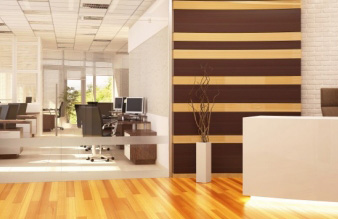
Conventional Office Space
Traditional office space is a good option for businesses with at least 100 employees and, across London, conventional office space is typically favoured by corporates.
Facilitates branding and advertising. Potentially lower rates or discounts, especially whenever longer leases are agreed. Flexibility and control over the premises' appearance, layout, and space management. Only pay for the amount of space used.
Need help?
Our London Office Space experts will be happy to help with any questions. New office locations and options become available every day, so please get in touch if you need more detailed information about any of these offices or other local alternatives.


